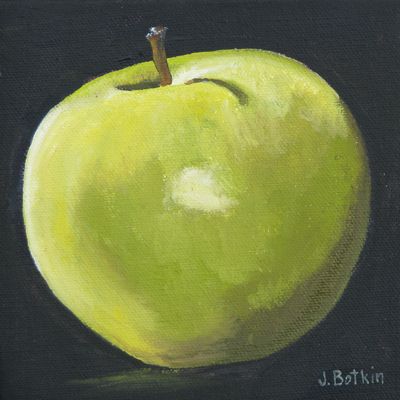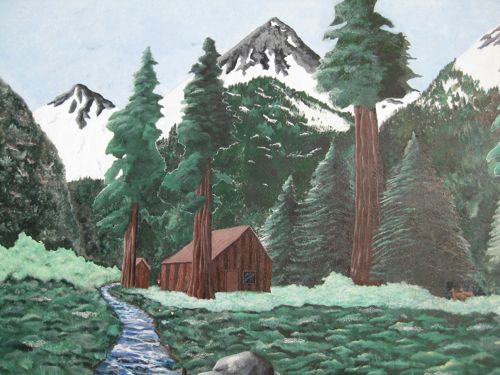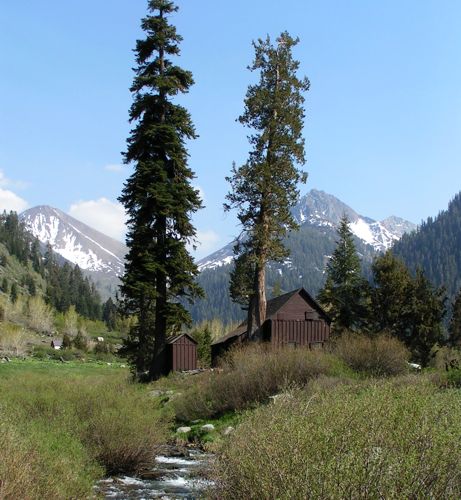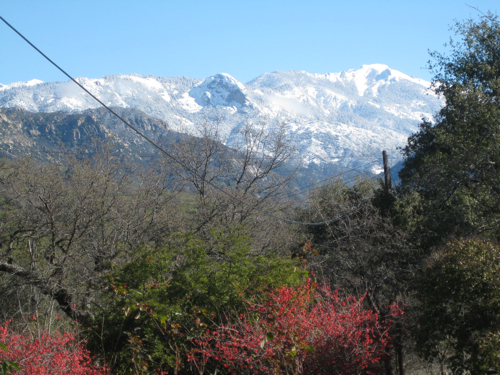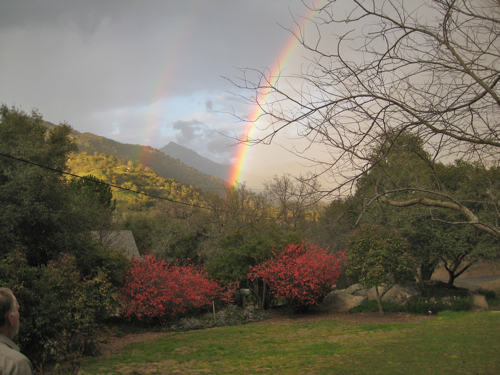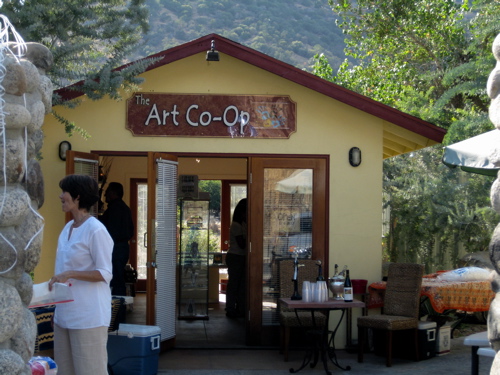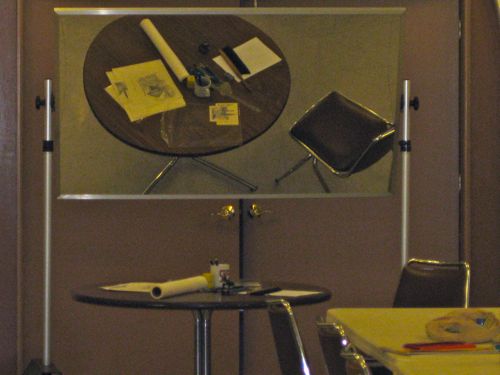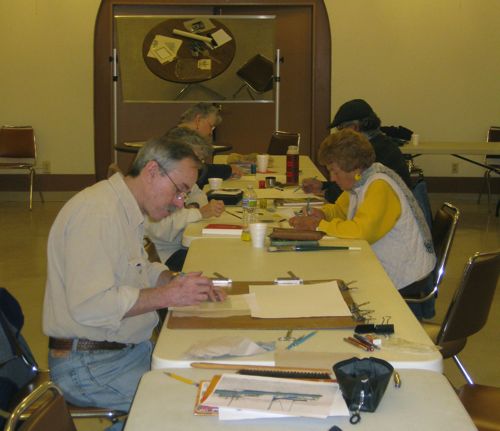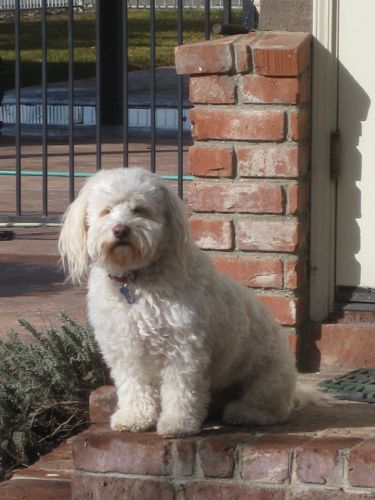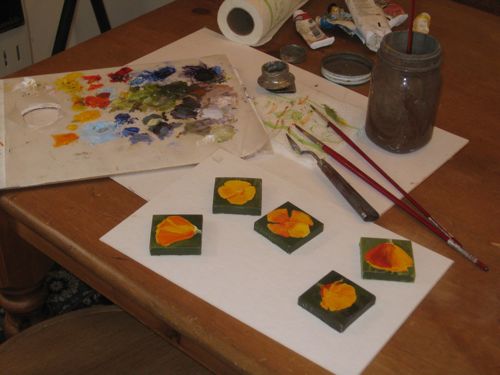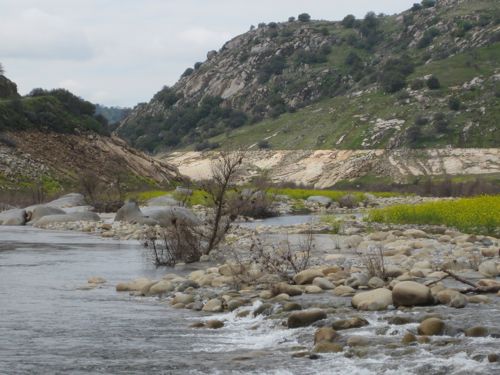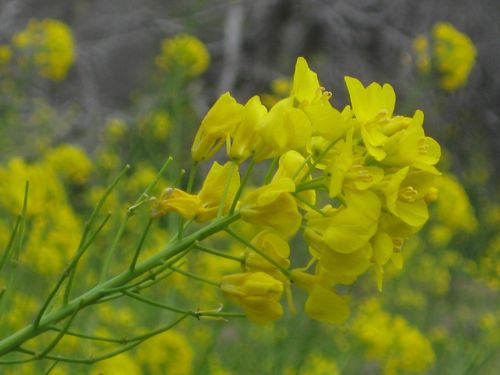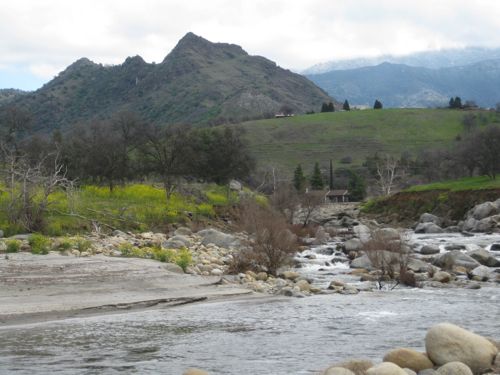Eighth in the series “Thoughtful Thursdays”
(yes a bit out of order – why WordPress didn’t publish this as scheduled is a mystery to me. Why I didn’t notice is perhaps because I was doing other things – I need people for this!)
Two of the most common ways to earn a living in art are consignment and commissions. They are not at all the same, but I am discussing them here in the same article because those two large “c” words are often confused.
Here are the definitions: consignment is an agreement to pay a supplier of goods after the goods are sold. A commission is an order or authorization for the production of a piece of art.
Consignment means that the artist provides the store or gallery with work that is not paid for until a sale is completed. The advantages to the artist are that she doesn’t lose control of her pricing and can reclaim her work if it is needed somewhere else. The disadvantage is that things can become shopworn, keeping track is added work, and sometimes it can be hard to collect one’s money.
Commissions are orders for custom work. This is a very important part of earning a living as an artist, especially in times when people are spending cautiously. The advantages to the artist is that she is almost guaranteed a happy customer, and there is a check waiting at the end of the job. Two disadvantages are that the artist isn’t freely creating from her own ideas and often there is a deadline. Occasionally a commission customer will say these magic words “You’re the professional!” or “No hurry”.
Since we are learning “c” words here, allow me to add one more: conversation. This word means an exchange of words, not orders and not money. Despite repeated experiences with this reality, my greatest talent still remains counting my chickens before they hatch. For the first several years of my business, I got so excited when someone told me he’d like me to do a specific drawing for him. I was counting eggs, chickens and dollars, forgetting that until money exchanges hands and there are photographs on the table, it was simply CONVERSATION. It never hurts to remember those chats and even follow up with a phone call or an email. That is also part of the business of art.
Colors in Three Rivers sells some of my paintings on consignment.
A lady of great taste commissioned me to paint this apple.

